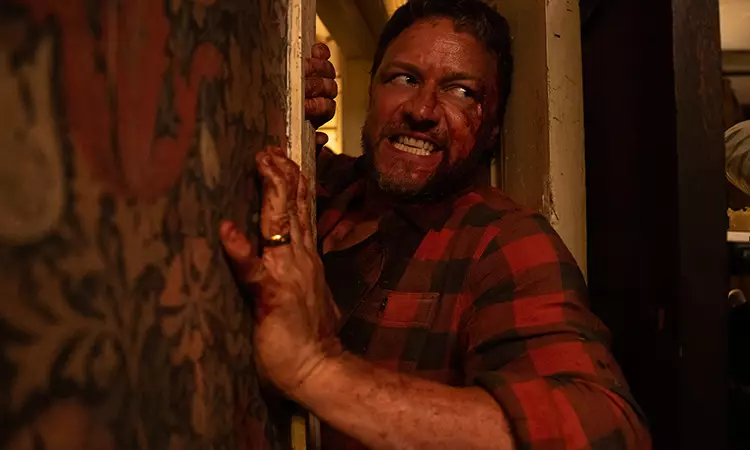Family dysfunction has long been a captivating theme in horror films, illustrating how the bonds that are meant to nurture can also turn toxic. Recent cinematic offerings have showcased this chilling exploration, with standout performances further enhancing the disturbing narratives. Films like “Hereditary,” featuring Toni Collette’s unforgettable performance, and “The Shining,” with Jack Nicholson’s haunting portrayal, embody the horror of familial alienation and madness. These films remind audiences how the familiar can morph into the frightening, making their unsettling narratives resonate on both a personal and psychological level.
James Watkins’ “Speak No Evil” is a noteworthy addition to this canon. This film draws inspiration from a chilling Danish original while embedding its narrative in British culture. The plot revolves around the juxtaposition of two families—an American trio and their British counterparts. The American family, consisting of Louise, Ben, and their daughter Agnes, finds themselves immersed in a world where social interactions become increasingly perplexing and morally ambiguous. This cultural clash serves to heighten the tension, allowing the audience to experience firsthand the discomfort that arises when societal norms shift between vastly different backgrounds.
The Laughter Amid the Terror
One of the unique attributes of Watkins’ adaptation is its blend of dark humor with horror. While the Danish original skews towards ambiguity, this remake leans into the absurdities of human behavior, often eliciting laughter even in the most unnerving circumstances. The introduction of culture clash is deftly handled, where the crassness of British humor intertwines with the American family’s sensibilities, creating a dissonance that is both unsettling and undeniably entertaining. This element of comedy does not detract from the horror but rather enhances the experience, making the instances of violence and cruelty all the more shocking.
Watkins does not shy away from exploring themes of masculinity, power dynamics, and predatory conduct. The film intelligently juxtaposes different expressions of masculinity, examining how these traits can manifest in both toxic and benign ways. By navigating these intricate themes, the narrative draws attention to the societal conditions that foster such behaviors, making the horror feel all the more relevant. The character interactions become a microcosm for broader societal issues, allowing viewers to reflect on the nature of relationships beyond the screen.
Artistry in Performance and Direction
The performances in “Speak No Evil” are nothing short of remarkable. James McAvoy embodies the unpredictable British character with an unsettling charm, while Scoot McNairy provides a relatable and anxious counterpoint. Mackenzie Davis shines as she navigates the complexities of her character, utilizing a range of emotive expressions that draw the audience into her turmoil. Watkins’ direction heightens this intensity through meticulous choreography and effective use of close-up shots, creating a claustrophobic atmosphere that amplifies the tension.
“Speak No Evil” stands as a potent reminder of how horror can serve as a lens to scrutinize human relationships. Through adept storytelling and compelling performances, it unravels the complexities of family ties, cultural differences, and personal vulnerability, making it a significant entry in the canon of modern psychological horror. The film’s exploration of dark themes through its unique lens elevates it beyond mere fright, inviting audiences to contemplate the terrifying possibilities that lie within the realm of the familiar.


Leave a Reply